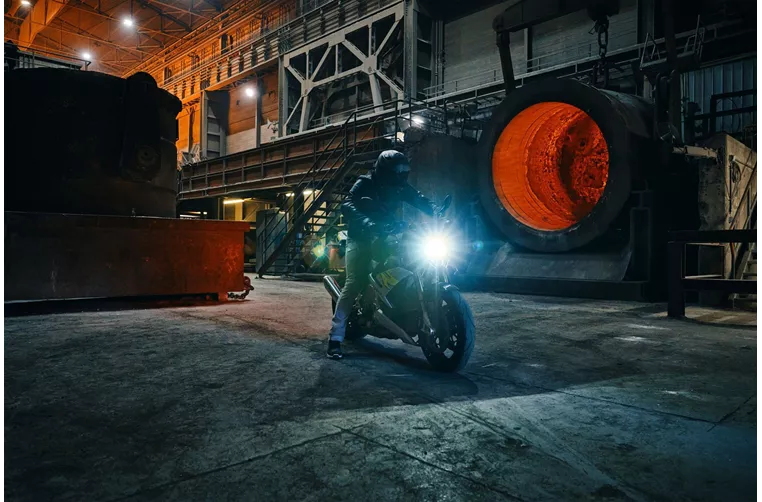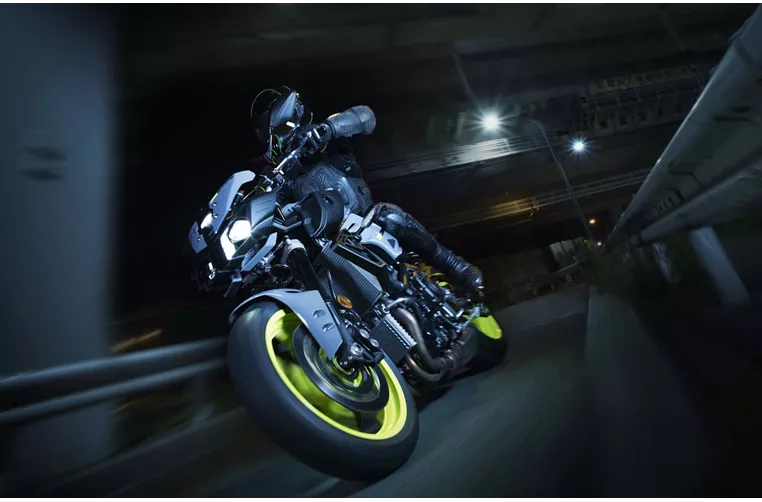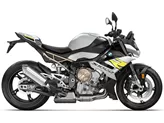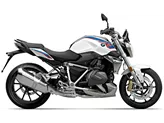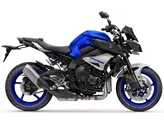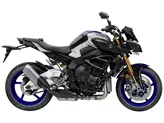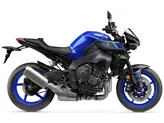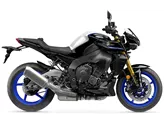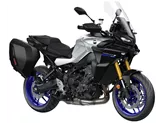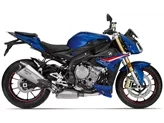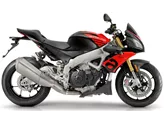BMW S 1000 R 2022 vs. Yamaha MT-10 2016
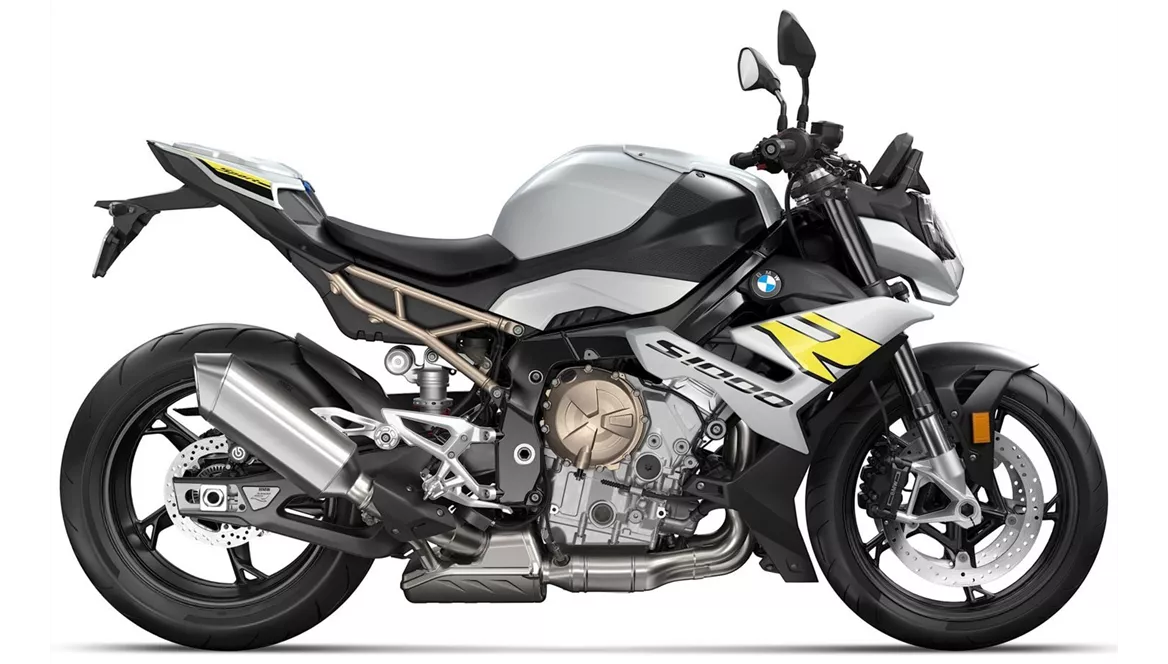
BMW S 1000 R 2022
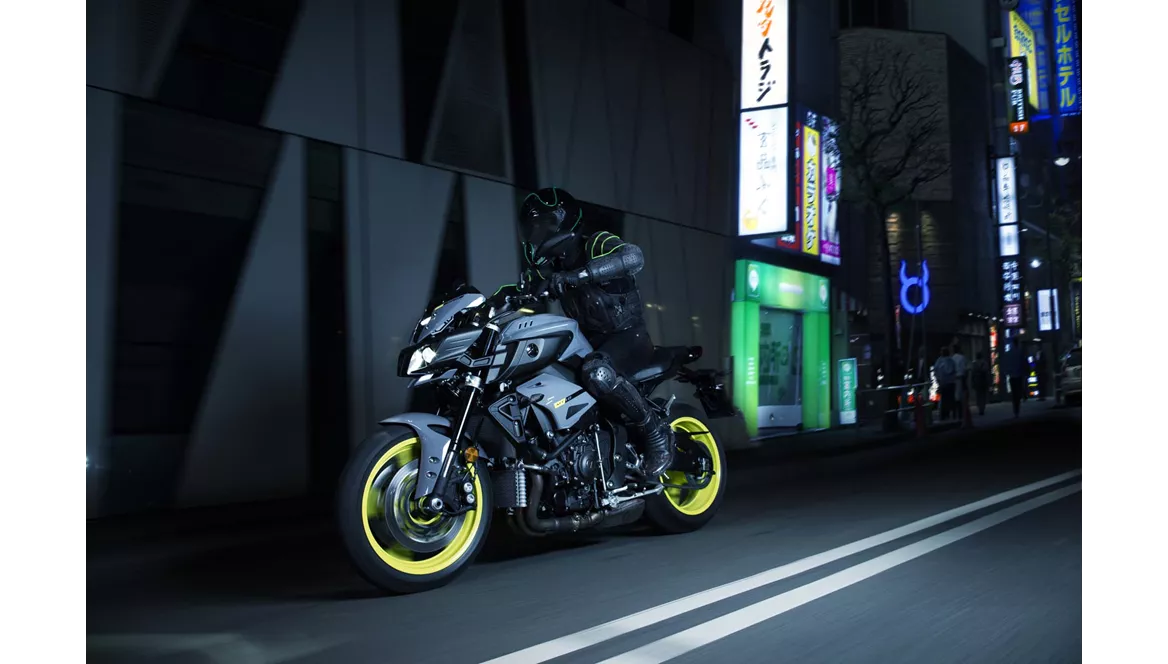
Yamaha MT-10 2016
Overview - BMW S 1000 R 2022 vs Yamaha MT-10 2016
The BMW S 1000 R 2022 and the Yamaha MT-10 2016 are both naked bikes with similar technical specifications. Both models have an in-line engine with four cylinders and liquid cooling. They also have the same fuel system, suspension setup, and frame material.
In terms of engine power, the BMW S 1000 R 2022 has a slight advantage with 165 HP compared to the Yamaha MT-10 2016's 160 HP. The BMW also has a higher torque rating of 114 Nm compared to the Yamaha's 111 Nm. However, the difference in power and torque is minimal and may not be noticeable in real-world riding conditions.
Both bikes feature upside-down telescopic forks for the front suspension and a swing arm with a monoshock for the rear suspension. This setup provides good handling and stability for both models.
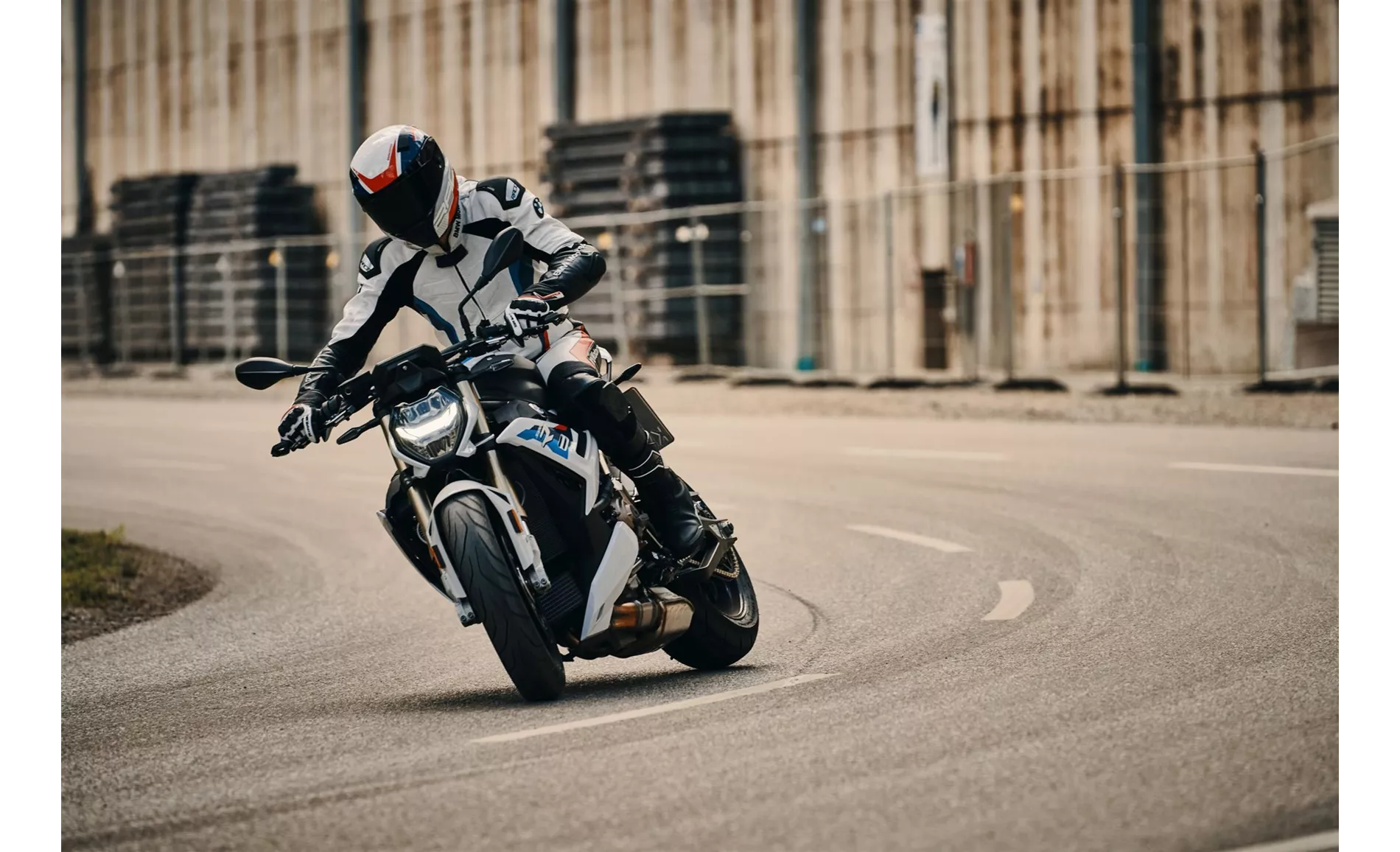
BMW S 1000 R 2022
When it comes to brakes, both bikes have double disk front brakes with a diameter of 320 mm. This ensures strong stopping power for both models. Additionally, both bikes come equipped with ABS and traction control as advanced rider assistance systems, enhancing safety during braking and cornering.
In terms of dimensions and weights, the Yamaha MT-10 2016 has a slightly shorter wheelbase of 1400 mm compared to the BMW S 1000 R 2022's 1450 mm. The seat height of the Yamaha is also slightly lower at 825 mm compared to the BMW's 830 mm. However, the difference in wheelbase and seat height is minimal and may not significantly affect the riding experience.
The BMW S 1000 R 2022 has a kerb weight of 199 kg, which is lighter than the Yamaha MT-10 2016's 210 kg. This lighter weight can contribute to better agility and maneuverability for the BMW.
In terms of fuel tank capacity, the Yamaha MT-10 2016 has a slightly larger tank with a capacity of 17 liters compared to the BMW S 1000 R 2022's 16.5 liters. This can result in slightly longer range for the Yamaha.
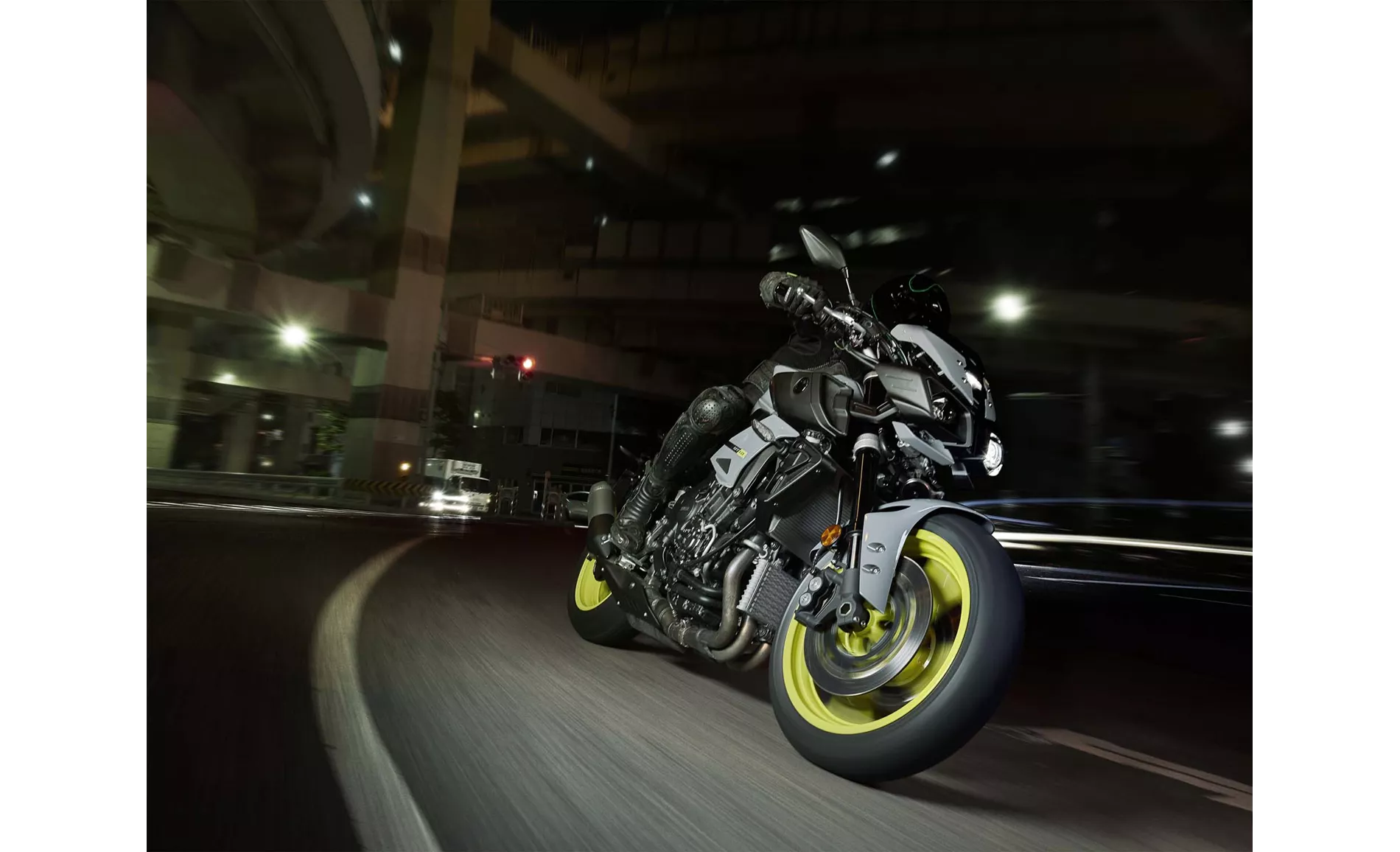
Yamaha MT-10 2016
When it comes to strengths, the BMW S 1000 R 2022 boasts a powerful engine, strong brakes, comfortable ergonomics, good standard equipment, and an extensive range of accessories. On the other hand, the Yamaha MT-10 2016 is praised for its CP4 engine, strong character, extremely agile nature, high-speed stability, strong brakes, and unmistakable sound.
In terms of weaknesses, the BMW S 1000 R 2022 is noted to have a sluggish shift assistant and optics that are not 100% coherent. The Yamaha MT-10 2016, on the other hand, is criticized for its poor comfort, limited wind protection, and hard fit.
In conclusion, both the BMW S 1000 R 2022 and the Yamaha MT-10 2016 are powerful naked bikes with similar technical specifications. The BMW offers a slightly higher power and torque output, as well as a lighter weight. However, the Yamaha has its own strengths in terms of its engine character, agility, stability, and sound. Ultimately, the choice between the two models will depend on the rider's preferences and priorities.
Technical Specifications BMW S 1000 R 2022 compared to Yamaha MT-10 2016
Pros and Cons in comparison
Pros and Cons in comparison
BMW S 1000 R 2022
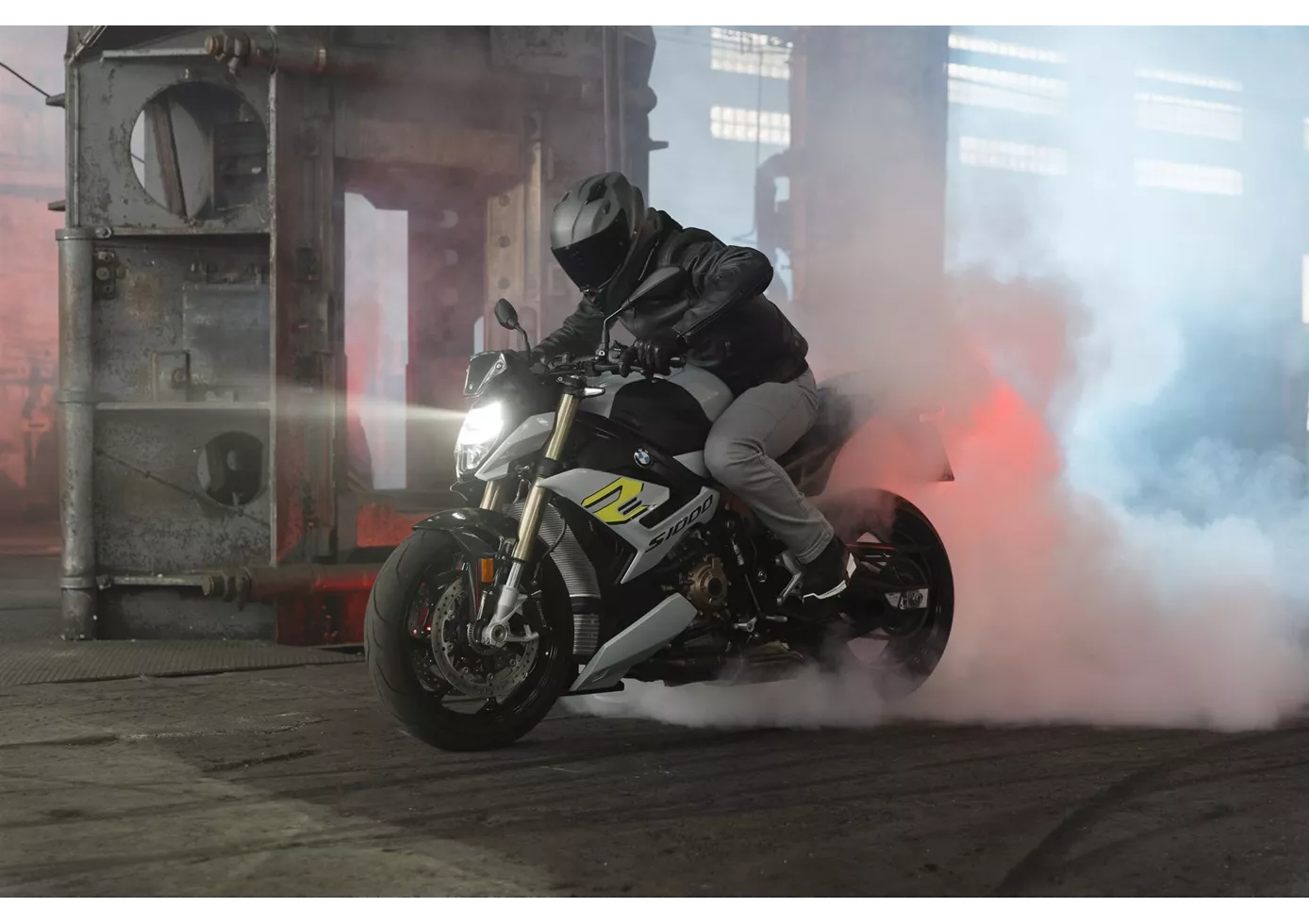
The seating position is sporty, but by no means uncomfortable, the brakes are powerful and the engine of the S 1000 R is at its best - perhaps even a little too homogeneous. There is also nothing to complain about on the riding side. Based on the pure performance data and the installed electronic features, the BMW probably has what it takes for the fastest lap time. And that on any kind of surface, because with the semi-active suspension you can eat up kilometre after kilometre on bad roads littered with potholes. Unfortunately, this feeling of superiority never really spilled over to the driver. Probably the downside of too much balance in all areas - at least in my Italophile eyes. The BMW lacked that certain something, the charisma, which is difficult to explain but arouses genuine emotions.
Yamaha MT-10 2016
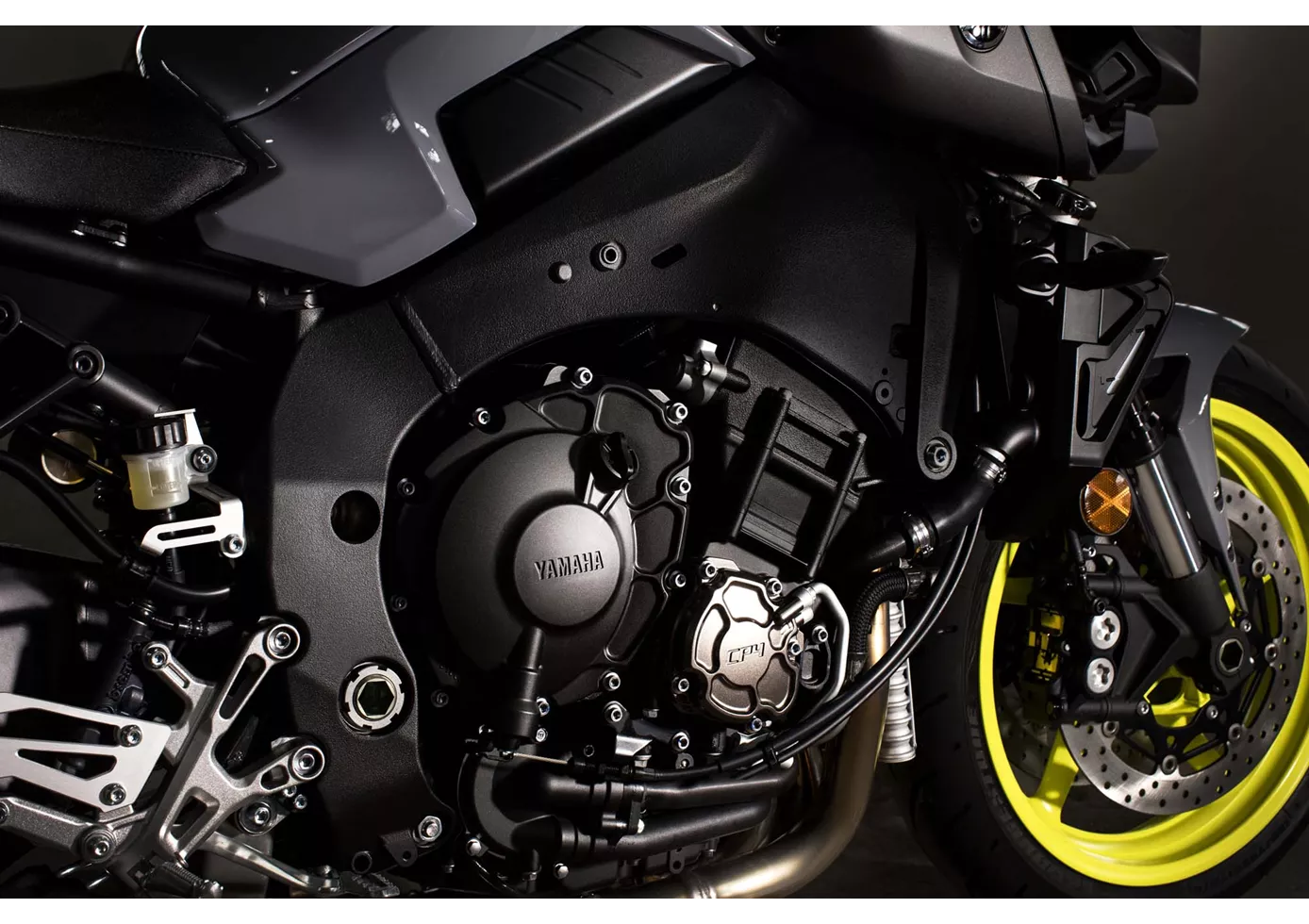
The short and stocky MT-10 is the furthest away from the R1 superbike of the renowned power naked bikes, both in terms of looks and chassis, but the heart of the MT-10 is directly descended from the racetrack weapon and fascinates with a uniquely raw sound and power from below thanks to the typical crank pin offset, which, with a modified firing order, ensures this unique character. The resulting 160 hp therefore only seem a little weak on paper compared to the more than 200 hp of the R1, in reality the MT-10 also ignites incredible fireworks. The suspension would probably be too soft for the race track, but it is just right for a country road fight, and the brakes do the same - probably only acceptable for the track, but perfect for the country road.
Price Comparison Avarage Market Price BMW S 1000 R vs Yamaha MT-10
There are a few key differences between a BMW S 1000 R 2022 and a Yamaha MT-10 2016. In terms of price, the actual average price of a BMW S 1000 R 2022 is about 70% higher. Compared to Yamaha MT-10 2016 there are more BMW S 1000 R 2022 bikes available on the 1000PS.de Marketplace, specifically 22 compared to 7. It takes less time to sell a BMW S 1000 R with 71 days compared to 97 days for a Yamaha MT-10. Since model year 2014 1000PS.de editors have written 62 reviews for the BMW S 1000 R and 32 reviews for the Yamaha MT-10 since model year 2016. The first review for the BMW S 1000 R was published on 11/3/2013 and now has more than 17,300 views. This compares to more than 20,700 views for the first review on Yamaha MT-10 published on 11/17/2015.
